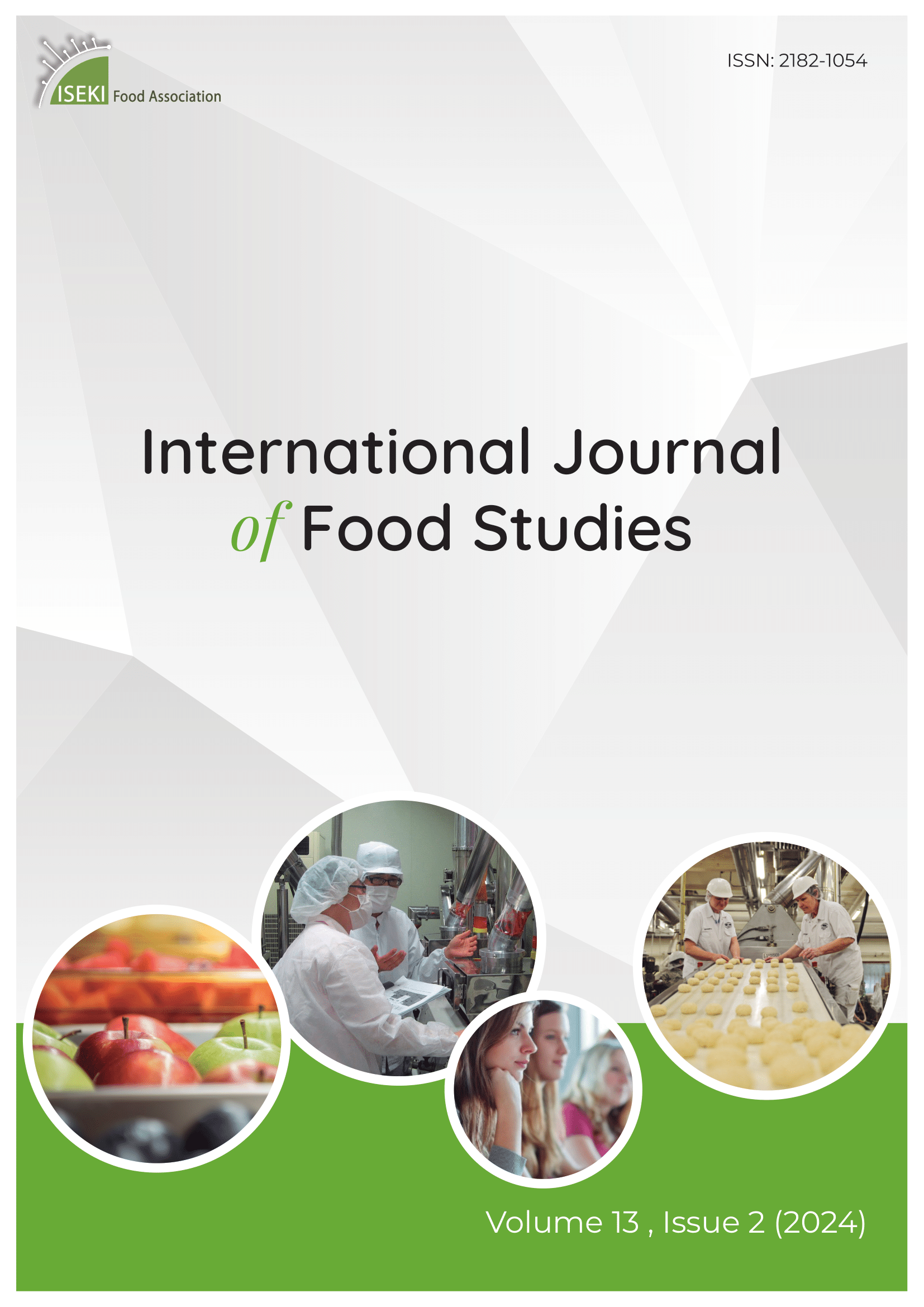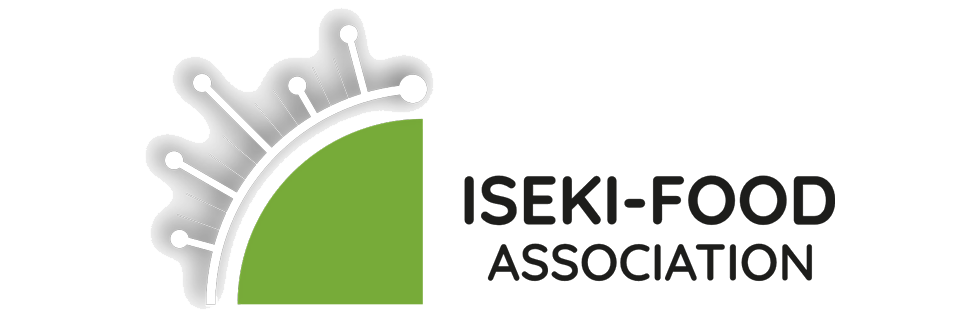
More articles from Volume 14, Issue 1, 2025
Empowering Future Generations: A Bibliometric Analysis of Food Sustainability Education in Schools
Impact of UV-C Irradiation on Quality Characteristics of Fresh-cut and Whole Plum Tomatoes
Exploratory study: nutritional, antinutritional, and techno-functional properties of faba bean (Vicia faba L. spp. minor) cultivars
Corrigendum to: Empowering Future Generations: A Bibliometric Analysis of Food Sustainability Education in Schools
This is an early access version
Impact of UV-C Irradiation on Quality Characteristics of Fresh-cut and Whole Plum Tomatoes
 ,
,
AGRICULTURAL UNIVERSITY OF ATHENS , ATHENS , Greece
Agricultural University of Athens , Athens , Greece
Agricultural University of Athens , Athens , Greece

Agricultural University of Athens , Athens , Greece
Editor: Pedro Aguilar-Zárate
Abstract
This study investigated the effects of three key factors, UV-C irradiation, storage time, and cutting effect, on the physicochemical properties of fresh-cut and whole plum tomatoes. UV-C irradiation was applied at three low radiation doses (0.22, 0.4 and 1.23 kJ/m²) appropriate for the ripening stage of the tomato. Tomatoes were subsequently stored at 5.9 °C for four days (96 h). Mass loss analysis demonstrated significantly higher water loss in fresh-cut tomatoes (up to 12.39%) compared to whole tomatoes (max 2.65%) with UV-C treatment amplifying this effect, especially at higher UV-C doses. Colorimetric changes were more pronounced in fresh-cut samples, as indicated by the higher total colour difference (ΔE*=6.23 vs. 2.95 in whole tomatoes) and greater chroma (C*) reduction (11.6% vs. 4.4%) reflecting increased oxidative stress induced by tomato cutting and UV-C-exposure. Firmness decreased more in fresh-cut tomatoes (F|max reduction up to 28.5%), although UV-C irradiation moderately preserved firmness in whole fruits. Respiration rate was higher in fresh-cut tomatoes, rising by 64% in fresh-cut controls compared to whole controls (5.21 vs. 3.17 mL CO₂·kg⁻¹·h⁻¹), and was further increased by UV-C exposure (up to 7.43 mL CO₂·kg⁻¹·h⁻¹ at 1.23 kJ/m²), indicating enhanced metabolic stress. Additionally, soluble solids and titratable acidity responded to UV-C treatment, with more pronounced changes in fresh-cut tomatoes, suggesting metabolic changes. Ethylene production increased significantly in fresh-cut tomatoes, particularly at later storage times, contributing in accelerated ripening. Overall, UV-C irradiation demonstrated potential for extending shelf-life and preserving quality in whole tomatoes by limiting water loss and maintaining firmness and colour stability. However, in fresh-cut tomatoes, the benefits were UV-C dose-dependent and limited by increased susceptibility to oxidative stress and ripening. Optimization of UV-C dosage appears necessary to balance beneficial antimicrobial and shelf-life extension effects with the minimization of quality degradation in fresh-cut products.
Keywords
Citation
Data Availability
Data will be made available on request.
Funding Statement
This research did not receive any specific grant from funding agencies in the public, commercial, or not-for-profit sectors.
Copyright

This work is licensed under a Creative Commons Attribution-NonCommercial-ShareAlike 4.0 International License.
Article metrics
The statements, opinions and data contained in the journal are solely those of the individual authors and contributors and not of the publisher and the editor(s). We stay neutral with regard to jurisdictional claims in published maps and institutional affiliations.






